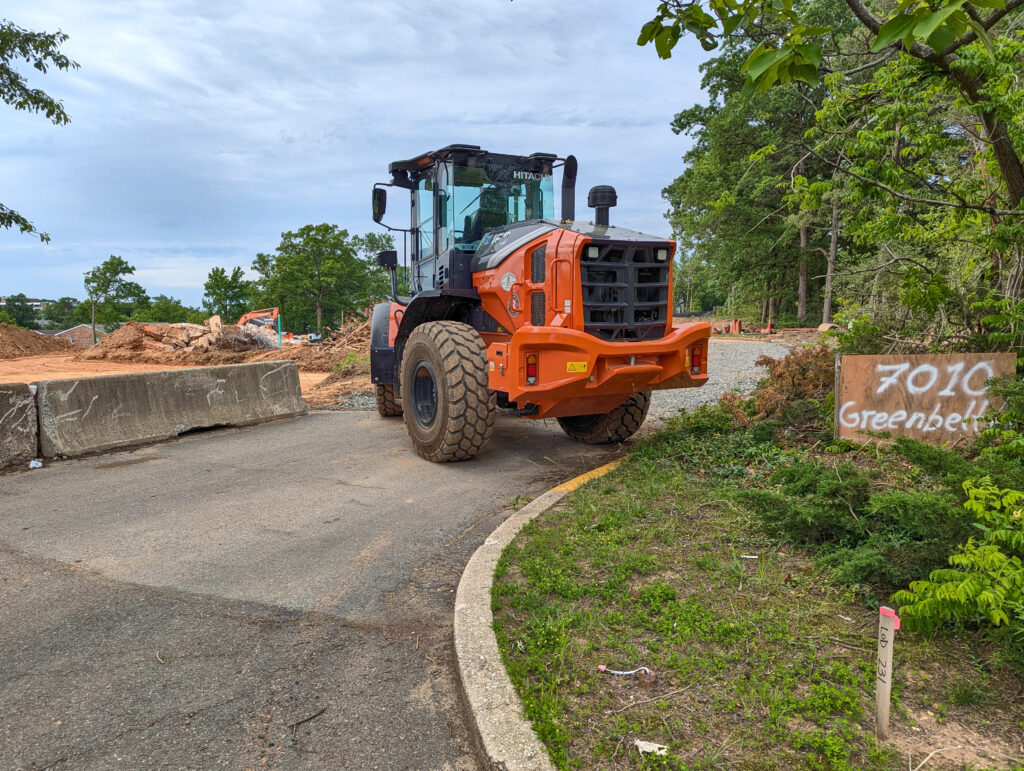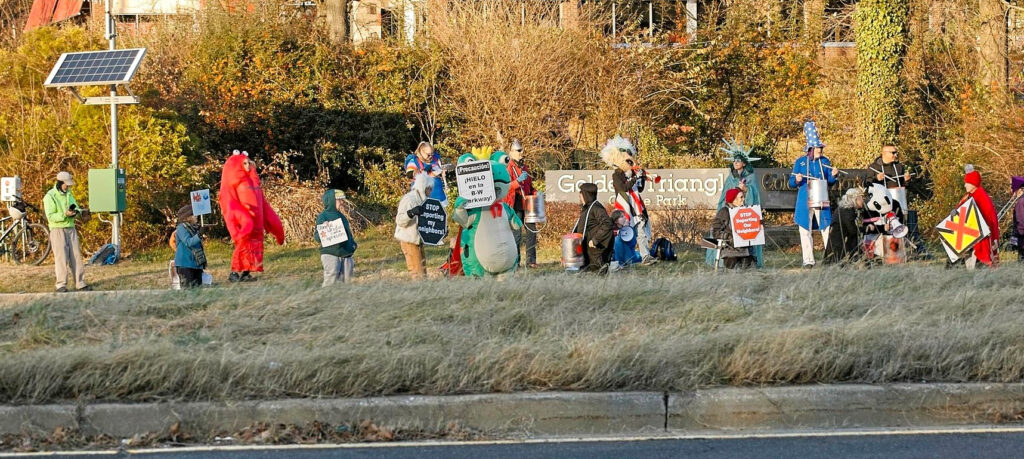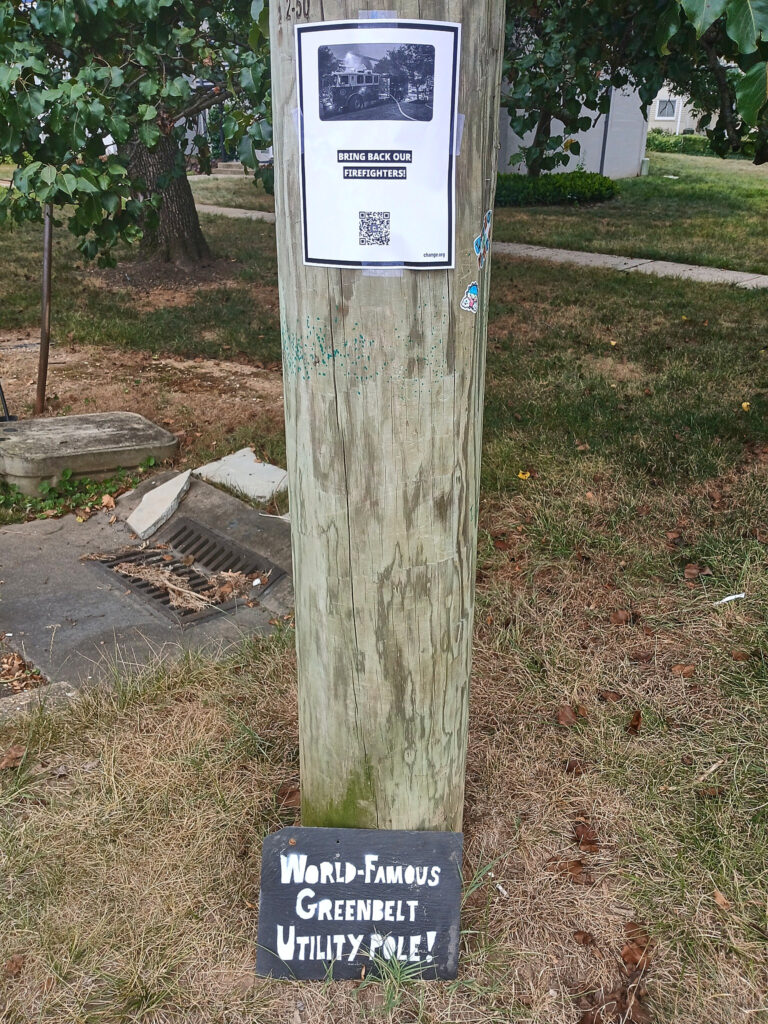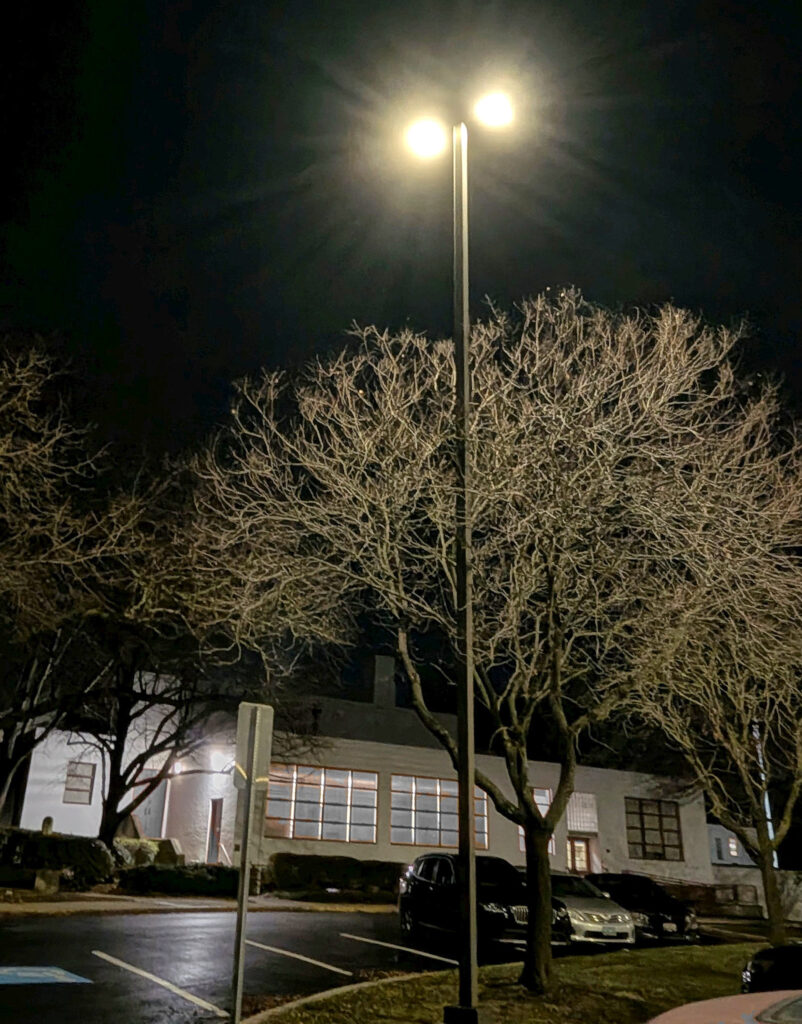Economic development was the first topic discussed at the Greenbelt City Council worksession on May 5. Three consultants, Molly McKay from Willdan Financial, Rick Amminato from Civic Consulting and Alivia Metts of the Metts Group, were there to share their most recent findings and analysis of the city’s business environment and how to improve it. They laid out the city’s many strengths as well as some weaknesses that need addressing, with the general sentiment being that there is much to base a strong foundation on moving forward.
Assistant City Manager Timothy George, who has been spearheading this effort, joined by City Manager Josué Salmerón expressed the need for the city to create a strategic plan that will enhance and grow the city’s economy. This meeting was the second gathering in a four-stage process. George said a “new paradigm” is required, as the city still seeks to recover financially from Covid, among other challenges.
Employers
Metts explained that the city has a largely service-based economy, with the highest percentage (at 30.2 percent) of jobs in the professional, scientific and tech services, with NASA being the major employer. Metts said that this is a unique and fruitful feature for Greenbelt. She said that the city’s proximity to the Food and Drug Administration and the University of Maryland is also a major component to the city’s business model.
According to Metts, some other emerging and strong industries are healthcare, scientific research and development, computer design services, custom computer programming, and professional and administrative management services. Said Metts, all this is “great potential to build upon.”
Metts reported that 96 percent of the city’s workforce commute into Greenbelt. Meanwhile only 4 percent of residents stay in the city to work, with 24 percent commuting to Washington, D.C.
Real Estate, Development
According to McKay, Greenbelt is behind in how it compares to its surrounding municipalities in new real estate development. Greenbelt West has stalled in its mixed-use redevelopment with Greenbelt Center dealing with areas of aging infrastructure. All combined, McKay said that this impacts “the ability to attract private sector business.”
Council responded that there are important reasons for this situation. Councilmember Rodney Roberts cited the city’s ethos as a residential community foremost, with Mayor Emmett Jordan mentioning its landlocked position in the county, making growth difficult. Councilmember Silke Pope added that part of the land is outside city control, so the city is reliant on developers and owners.
McKay understood these reasons, acknowledging that there have been some recent efforts, such as the planned Beltway Plaza redevelopment and the recent Motiva and Greenbelt Road condo constructions.
Jordan said that redevelopment may be a sounder strategy for Greenbelt.
Business Climate
Amminato shared his findings on the business climate in the city. He cited the common sentiment among business owners that Greenbelt is a strong community, with great amenities and quality of life, with a rich historic and cultural heritage. An abundance of “regional collaboration resources” and the potential to make the most of branding and place-making were also noted.
Yet there were negative perceptions as well, such as a lengthy development process, a change-resistant attitude at times, a lack of incentives, retail vulnerability and divestment, a stagnant tax base as well as a sense of high crime and under-performing schools. Some key words used to describe the climate were unpredictable, frustrating, challenging and bureaucratic.
Amminato said that a way forward is to “look for a proactive approach” that grows business “without losing the character of Greenbelt.”
Opportunities
McKay laid out some target opportunity areas. She identified key assets as the armory, the Municipal Building and the fire station. She recommended a strategy that would “unlock the value of public land for redevelopment and co-location.” She saw promise in focusing on mixed-use housing, cultural space, civic anchors and small business incubation. Adaptive reuse, joint ventures and service relocation were recommended approaches. The consultants’ final vision would be to consolidate city operations, modernize services and catalyze private investment.
McKay continued with some target areas for revitalization: Roosevelt Center, Greenway Center and the Greenbelt Road corridor.
The consultants stressed improving walkability. They also suggested incentivizing investment through grants, facades and public-private partnerships. The outcome would be to create “vibrant, connected districts that reflect Greenbelt’s identity and serve surrounding neighborhoods,” said McKay.
Lastly, McKay saw healthcare providers, life science firms and outpatient clinics as an overall growth target area. She suggested leveraging assets like the new Prince George’s County Health Center on Edmonston Road, Greenbelt Commons Medical Park and Capital Office Park, on the so-called Medical Mile along Greenbelt Road.
Next Steps
Councilmember Kristen Weaver suggested the study incorporate recent data from the Metropolitan Washington Council of Governments about the percentage of Greenbelt workers who are federal employees, which is estimated to be up to 15 percent and, in addition, federal contractors who may account for a further 15 percent of the city’s residents.
One resident asked if members of the public could submit written comments to council, which she was told they are welcome to do. She also suggested that the analysis that included remote workforce may need to be updated in light of return to office orders for federal employees and that climate change and community resiliency should be taken into consideration in planning for development.
Moving forward, a further draft plan for council will be made by the consultants, based on the feedback and work with staff. The next worksession on this topic will likely be in June. Said Salmerón, the goal is to build “consensus” with all parties, to create the best possible strategy.





